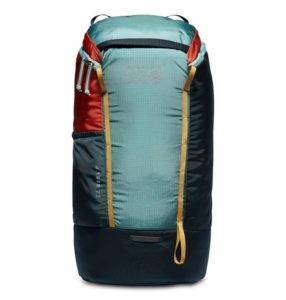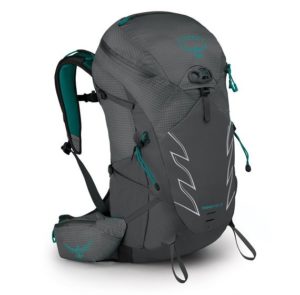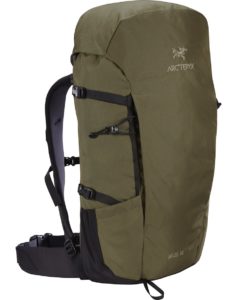When you first start hiking or adventure traveling, one of the first pieces of equipment you’ll need to invest in is a good backpack.
But, not all backpacks are built the same, and finding one that perfectly fits your needs (as well as your budget) can seem next to impossible.
Well, I hope to shed some light onto what makes a backpack great for hiking and traveling. And, what aspects you should be considering before your next purchase. Let’s get into it!
Article Contents:
What Aspects Should You Consider When Buying a Backpack?
The best backpacks for hiking and traveling are designed to maximize three key aspects – comfort, functionality, and versatility.
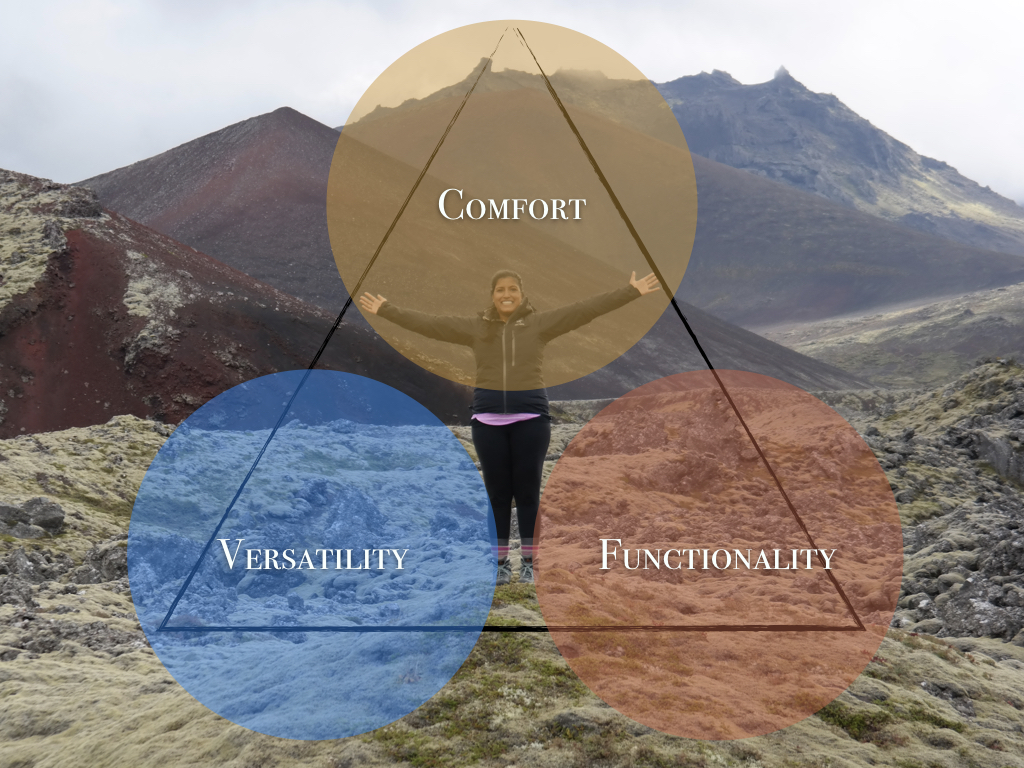
Backpack Comfort
It may not seem critical at first but, over time, having a comfortable backpack suited to your body is essential.
That’s because carrying a backpack loaded with equipment for extended periods is inevitable while hiking and traveling. A poorly designed backpack will leave your back, shoulders, and neck strained.
You might not even want to use the same backpack because it’s so uncomfortable. And that’s money wasted.
But, it’s important to remember that “comfort” can mean different things to different people.
- One person might prefer additional padding and hip straps, whereas someone else might think it’s too bulky.
- Men’s and women’s backpacks are built slightly differently to better match each body type.
- Test out different backpacks in person to see which design complements your unique physical needs.
Backpack Functionality
At its core, a backpack should be able to securely store and transport your gear from one place to another. It should be simple to use, without much complication.
The functionality of a backpack should center around its carrying capacity. Large openings, separate compartments, internal and external pockets, adjustable straps all help to improve the functionality of a backpack.
But, functionality and practicality need to be well balanced. For example, a backpack loaded with pockets and straps might be too bulky and cumbersome for someone looking for simple pack for a day hike. Likewise, a backpack full of separate compartments probably won’t be able to fit a backpacking tent.
Backpack Versatility
When outdoor gear has multiple uses it becomes a lot more valuable. A good backpack should be the same.
If you can use the same backpack for hiking and traveling, plus use it as your everyday backpack for school, work, or hobbies, it becomes a lot more useful.
Personally, my pack for hiking, carry-on bag for travel, and everyday bag for commuting to and from work is the same backpack!
So, find a backpack that can be used for multiple purposes. Alternatively, think of different ways to use the same backpack to make it more versatile.

Backpack Size, Weight, and Cost Info
What is a Good Size Backpack for Hiking and Traveling?
A good size backpack for hiking and traveling has a capacity between 25 to 40 litres. There is ample room for large water bottles, clothes, camera gear, and other essentials. This size backpack also fits within the volume restriction for carry-on baggage on planes.
How Much Does a Backpack Weigh?
A hiking and traveling backpack between 25 to 40 litres weighs on average between 0.61 to 1.82 kilograms (1.35 to 4.02 pounds). Generally, a hiking and traveling backpack weighs an average of 0.036 grams per litre.
How Much Does a Backpack Cost?
A hiking and traveling backpack between 25 to 40 litres costs on average between $90 to $300 USD. Generally, a hiking and traveling backpack costs an average of $6.84 USD per litre.
8 Important Hiking and Travel Backpack Features
When you’re searching for the perfect hiking and traveling backpack, what should you be looking for exactly? What backpack features and specifications are important?
Well, below I’ve outlined a list of 8 important backpack qualities you should consider before making your next purchase.
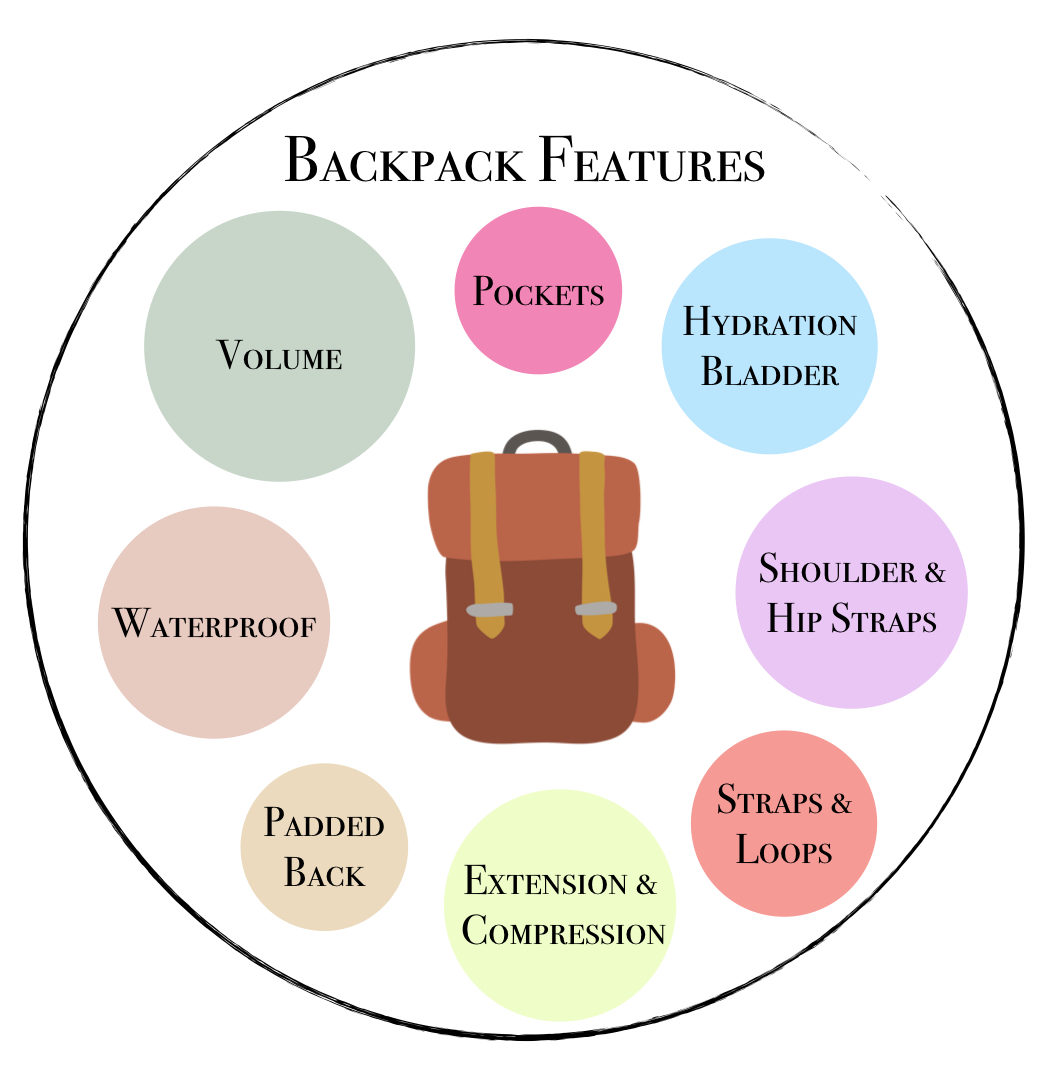
1. Backpack Volume
Perhaps the most difficult decision to make is how small or large of a backpack you’ll need. As mentioned above, a good sized backpack for hiking and traveling is between 25 to 40 litres.
However, you might want something a bit smaller or bigger than that range. Some backpacks are actually expandable or compressible which makes their form factor a little more flexible for multiple uses.
I recommend that you ensure you have enough backpack space for 90% of the activities you’re planning on doing. That way, you have enough carrying capacity most of the time without sacrificing weight and bulkiness.
2. Shoulder and Hip Straps
Large shoulder straps help distribute the weight of a backpack more evenly across your shoulders and chest. They decrease pressure points and let you carry a heavier backpack more effectively.
Additionally, some key things to remember are:
- Men’s and women’s backpacks are design differently to form to different body shapes.
- The width and length of backpacks can be gender specific, which can influence how a backpack fits on your back and shoulders.
- Look for pockets or loops in shoulder straps to store or attach keys, carabineers, etc.
The inclusion of hip straps usually depends on the model and size of a backpack. Hip straps help transfer the load from your back and shoulders onto your hips. They also help keep your pack closer to your lower back when you’re doing more intense activities such as climbing or jogging.
- A built in waist fanny-pack is great for carrying your wallet, phone, or small snacks.
- If there is just a waist belt, you can easier attach a small removable molle pouch to store small items.
3. Padded Back
A padded back spreads out the weight of a backpack making it much more comfortable to carry. Extra padding can provide protection from the internal contents of your backpack.
Additionally, strategically placed padding, as well as the use of specialized materials can create a more breathable surface. This helps shed heat and sweat away, and promotes airflow to keep you cool and comfortable on long hot hikes.
4. Ability to Extend or Compress Backpack
Not all backpacks are designed to extend or compress, but having that ability definitely helps from time to time.
Backpacks with compression straps can synch down into a smaller form factor when you don’t have to carry much. Likewise, backpacks that can open larger allow for bulkier items to fit inside.
5. Hydration Bladder Pocket
For extended hiking trips, or a long day of traveling, having quick and easy access to water will keep your muscles hydrated and prevent cramping.
Well, you can toss a water bottle into your backpack, or slide it into an external pocket. But, stopping and removing your backpack every time you want a drink is cumbersome and time consuming.
So, having a built-in water bladder pocket in your backpack makes drinking water while on the go a breeze. You can buy a hydration bladder and slide it into the pocket, feed the tube out, and attach the nozzle to a shoulder strap.
6. Waterproof Outer Material
Keeping the internal contents of your backpack dry is very important, especially if you’re carrying electronics or clothes. A backpack made from waterproof materials can repel heavy rain and moisture from seeping inside.
Look for backpacks made from GORETEX ™, OutDry™ or other proprietary waterproof materials. These materials are also durable and lightweight.
So, you can carry your precious laptop, camera, or drone everywhere with you without having to worry about water damage.
Pro-tip: If your backpack isn’t already waterproof, you can pick up a waterproof backpack cover for adventures in the rain.
7. Internal and External Pockets
Internal and external pockets and compartments are great for storing items separately. Pockets and sleeves can be used to store smaller or more delicate items for easy access.
External pockets can be used to store water bottles, wet clothes, rain jacket shell, or hiking poles.
- Ensure that the external pockets are large enough to hold your water bottles. For reference, a 500 mL bottle is between 30 to 70 mm in diameter depending if it is insulated or not.
- Mesh or elastic pockets are great since they can expand to fit larger items.
8. External Straps and Loops
Having a few external straps and loops on the outside of a backpack is very handy. You can attach rope, carabineers, a compass, bear bells, even a small bottle of hand sanitizer to smaller loops.
Larger loops and straps can be used to attach hiking poles, an ice axe, a foam sleeping pad, or even boot crampons.
- Look for straps and loops on shoulder straps to attach small items.
- There should be a few loops on the front side of the pack, as well as the bottom and the sides.
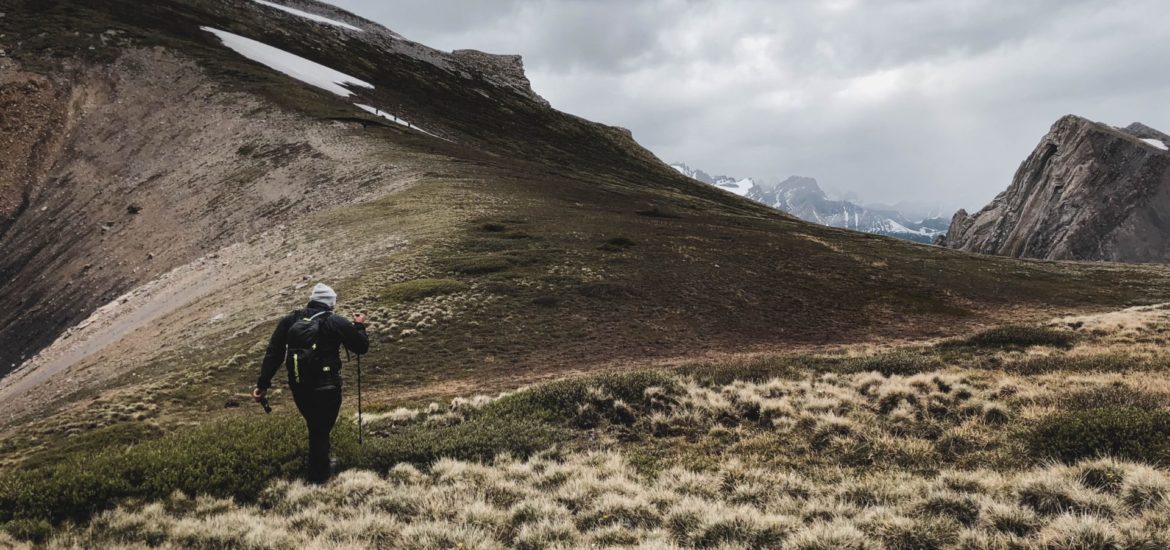
Best Backpacks for Hiking and Traveling
When it comes to which backpacks are the best for hiking and traveling, there are literally hundreds to choose from.
But, after testing and using several backpacks through the years, as well as precious feedback from other outdoor adventures, I’ve narrowed it down to the following list of the best backpacks for hiking and traveling.
Best Budget Backpack [Under $80]
Mountain Hardwear J Tree 22 backpack
If you’re on a tight budget and looking for a good quality backpack at a reasonable price, look no further!
The Mountain Hardwear J Tree 22 backpack is low cost option without compromising function. It’s made for adventure seekers and digital nomads.
- Dual purpose sleeve for a 15” laptop or hydration pack
- Expandable single side pocket for water bottle
- 0.57 kg (1.25 pounds)
Best 25L to 30L Backpack
Osprey Tempest Pro 28
The Osprey Tempest Pro 28 is an ultralight backpack perfect for any demanding activity. The breathable back panel promotes airflow and large top opening is great for carrying large items.
So, whether you’re planning an overnight hike, or traveling overseas, this backpack can carry everything you need effortlessly.
- Large stretch woven front panel pocket
- Two stretch woven side pockets for dual water bottles
- Hip belt with storage pockets
- 1.1 kg (2.4 pounds)
Best 30L to 40L Backpack
Arc’teryx Brize 32
The Arc’teryx Brize 32 is a backpack built for technical hiking but converts to traveling and daily use seamlessly.
The internal pocket is great for securely storing important items such as a passport or wallet.
Compression straps on the sides allow users to reduce the overall size of the pack. The zippered front pocket allows for easy access to smaller items.
- Internal sleeve for hydration pack or laptop
- Thermoformed, hydrophobic back to enhance airflow
- Two stretch side pockets for dual water bottles
- 1.19 kg (2.6 pounds)
This article contains affiliate links, which help support this blog at no cost to you!

